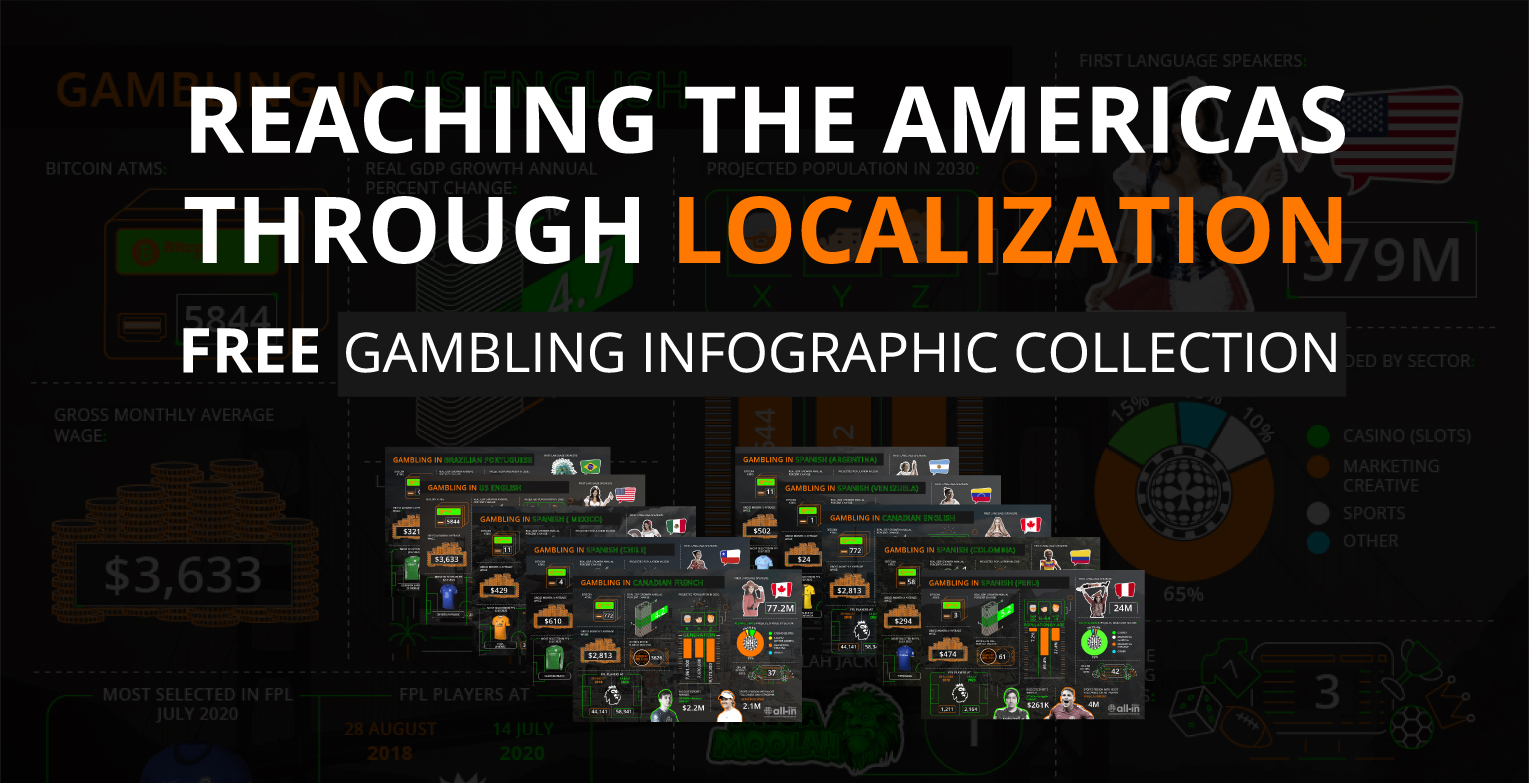
Wed Apr 22th / Marina
THE SYMBIOTIC RELATIONSHIP BETWEEN FILMS AND VIDEOGAMES
From sublime images to fictive worlds you step into, below you have a rundown of supremely designed games based on iconic movies (plus some exciting localization insights).
The single-most quoted mark of growth in the videogame industry has been its comparison with the movie industry. Has the videogame industry surpassed the movie industry? Yes, that happened a while ago. In 2019, the global videogames market was estimated at $152.2 billion, while global box office revenues were just $41.7 billion. The frequent contrasting of videogame and film industry presupposes an opposition between the two media that does not actually exist. However, videogames and film cross-pollinate in ways that are not always obvious. The two media influence each other on multiple levels: narrative structures, camera techniques, technologies of visual representation and special effects, and, most powerfully, thematic and world cross-overs.
Themes and imaginary worlds that are popular in games as well as the very nature of virtuality that animates them have been explored in cinema since the release of Tron (1982) and WarGames (1983). It is undeniable, however, that games were more influenced by film achievements rather than the other way around.
So this article tries to explore the other flow of inspiration: movies that inspired popular games. We are not going to side-step game adaptations of movies here as these would be easy enough to look upon. Instead, we will look at gems in the videogame world that draw heavily on film without being a direct adaptation of it.
S.T.A.L.K.E.R.
The S.T.A.L.K.E.R. trilogy (2007, 2008, 2009) is heavily inspired by Tarkovsky's sci-fi masterpiece Stalker (1979) – based on the Strugatsky brothers' novel Roadside Picnic (1972). Like in Tarkovsky’s movie, the games take place within the Zone, and their focus is the life-threatening exploration of the bizarre area surrounding Chernobyl and featuring a search for coveted anomalies. The games push the fiction further than Tarkovsky's deserted environment by adding some horrific mutants that make the already hazardous Zone significantly more challenging for survival. While the game has a core narrative that the players should follow, it excels in presenting the players with a sandbox world that they can explore and traverse as they please.
Unlike most other open-world First Person Shooters, S.T.A.L.K.E.R. is mercilessly brutal. Small mistakes can cost the player's life, and operating in this environment demands constant vigilance. Tarkovsky’s film excels in immersing the viewers into its washed out, dreary world with long, slow, pondering takes. The games however bring on the most challenging aspect of adapting to deadly environments by translating core emotional reactions across media (rather than just theme and symbolism).
The game further doubles down on the medium’s ability to hook the player into its world not just by the postapocalyptic strangeness of the environment, but also by combining the stark repercussions of decisions and actions taken within contexts full full of unpredictable twists. In one playthrough, an outpost guarded by militia can present an insurmountable block down a desired path, while in another game a pack of mutant dogs will attack the mercenaries, and so allowing the player to slip through. The beauty of that sort of surprise is that it makes the world feel amazingly alive – and thus more dangerously unpredictable.
Interesting fact:
Stalker (the movie) was subtitled into a whopping 29 languages. S.T.A.L.K.E.R. is available in English and Russian only. Game localization/translation is a far more complex process than movie subtitling given that more often than not multiple publishers are involved with publishing the game to various platforms such as PlayStation™, Xbox™ and PC. Localization is also more challenging for games as it aims to convey the narrative while that narrative includes game related hints or language that is primarily meant for functional purposes. These vary considerably from one country to another when it comes to game culture and practices.
At All-in Global, we made our language services available in more than 70 languages – see the full list here.
SUPERHOT
Undeniably the best adaptation of the essence of the Matrix movies to date was made by a small team of indie developers on a minimal budget. SuperHot is simply superb. Aside from the nested reality that is at the thematic core of the Matrix movies, SuperHot takes the coolest trope of the movie, Neo’s ability to perceive time in slow-motion and dodge enemy bullets, and turn that into a core mechanic of the game.
The premise is deliciously simple: each scene sees the player dropped in a visual rendition of a network they are trying to hack. Programs are represented by faceless red enemies. Time goes by incredibly slowly until the player moves. The faster they move, the more time speeds up. The player thus has to move in slow motion so that she can dodge and weave around bullets until she is in a position to eliminate all foes and complete the level.
This works incredibly well as it is not just a representation of time in slow motion, but more importantly, it leverages the embodied feedback loop between player and game world connecting the slow motion movement with the slow motion perception. Oh, and did I mention this is the best game in any VR system? Imagine seeing a bullet sailing towards you in your peripheral vision, and so close enough that if you turn your head to get an eyeball on it, it will hit you lethally just to reset the level. Instead, your eyes slam to the rightmost position in their sockets, and while the rest of your body ducks and shifts in excruciating slow motion out of the bullet trajectory – hopefully. Matrix’s bullet time is not about seeing things in slow motion (as the game adaptations of the trilogy implanted it); it’s about being embodied in slow motion with the temptation of fast movement and dangling like a poisoned carrot in the horizon of possible actions.
SuperHot is a true gem that nails the essence of that elusive experience of feeling like you inhabit the game world called ‘immersion.'
Interesting Fact:
Matrix was subtitled into into 46 languages and aired in 52 countries. Superhot is currently available on stream in 14 languages including dubbing, game interface and subtitles. The VR version of the game has grossed 2 million dollars across all platforms last Christmas – which indicates an increasing number of VR headsets owners. Localizing VR Games is slightly different from localizing regular games. In a VR localization project, the audio is chosen over long subtitles to engage the player which makes dubbing and voice-overs a better option when expanding this kind of games to new markets. In some cases, body language in-game may also be adapted to the cultural equivalent body expressions to ensure that the right emotions and intent are appropriate to the target audience.
PLAYERUNKNOWN’S BATTLEGROUNDS
Playerunknown’s Battlegrounds (2017) is the first game to hugely popularize what are now called battle royale games. The published game is an evolution of Brendan “PlayerUnknown” Greene’s mods (custom made levels or game modes using an existing game’s engine) that were inspired by the excellent Japanese Battle Royale (2000) movie. This movie was one of Quentin Tarantino’s favourites. In fact, he used the actress who played Takako Chigusa in Battle Royale in his famous Kill Bill revenge flick.
As is the case in the movies, players are dropped (literally sky diving off a plane) on a large island along with another 99 players armed only with a knife or pistol, depending on the game. The players then frantically search for weapons, armour and items that will help them survive in the ensuing battle. The aim is to be the last person alive. Unlike most shooters, this means that it is not the number of kills one gets that earns them a victory, but the tactical traversal of the massive game map. The innovative design element here is that every few minutes the habitable area becomes smaller and smaller with a dome closing in on a centre that displaces like a skittering typhoon with every lapse of safe time. This creates an endless variety of tactical scenarios for the player to consider. Once the dome of doom starts closing in, the players have to sprint to the safe zone, but that exposes them to other players lying in wait at the periphery of the circle as other desperate players are also running for their lives.
Interesting fact:
Battle Royale was subtitled into 29 languages and aired in 40 countries. PUBG is available to play in 12 languages. In order to comply with Chinese regulations, the mobile version of the game suffered a cultural adaptation to the Asian market displaying a more patriotic version called “Game for peace”. This is a great example of how localization can also be essential to getting licenses approved in other countries. Game mechanics stayed the same, but the narrative was adapted to tell a story about sky warriors of the sky space wrapped in a anti-terrorism theme. The funniest alteration however is the fact that characters fall down and get up to wave goodbye instead of dying like in the original version.
As is the case in both S.T.A.L.K.E.R and SuperHot, the battle royale style games are incredibly good at making players feel like they are inhabiting the game world. This is true for other works that moved from film to the videogame format – like Mad Max Fury Road, and also of those that made the journey in the opposite direction – such as the Witcher games that recently aired on Netflix as a fantasy TV series.
A correct game localization helps to achieve that sense of immersion games feature in for a global audience. The game-consuming market continues to increase year by year and so are the number of games. According to a 2019 Newzoo's report, there are 2.5 billion gamers worldwide with the potential to spend $152.1 billion in this industry. To reach these players with the highest quality, we recommend you to involve your language service provider as early as possible in the localization process.
If you would like to get a quote for localisation services, contact us: [email protected].
Last but not least, check out a video All-in Global made based on Arrival (2016). It explains exactly what we do from a sci-fi point of view.




